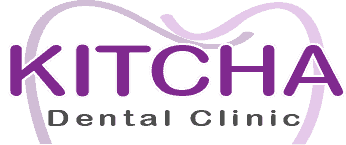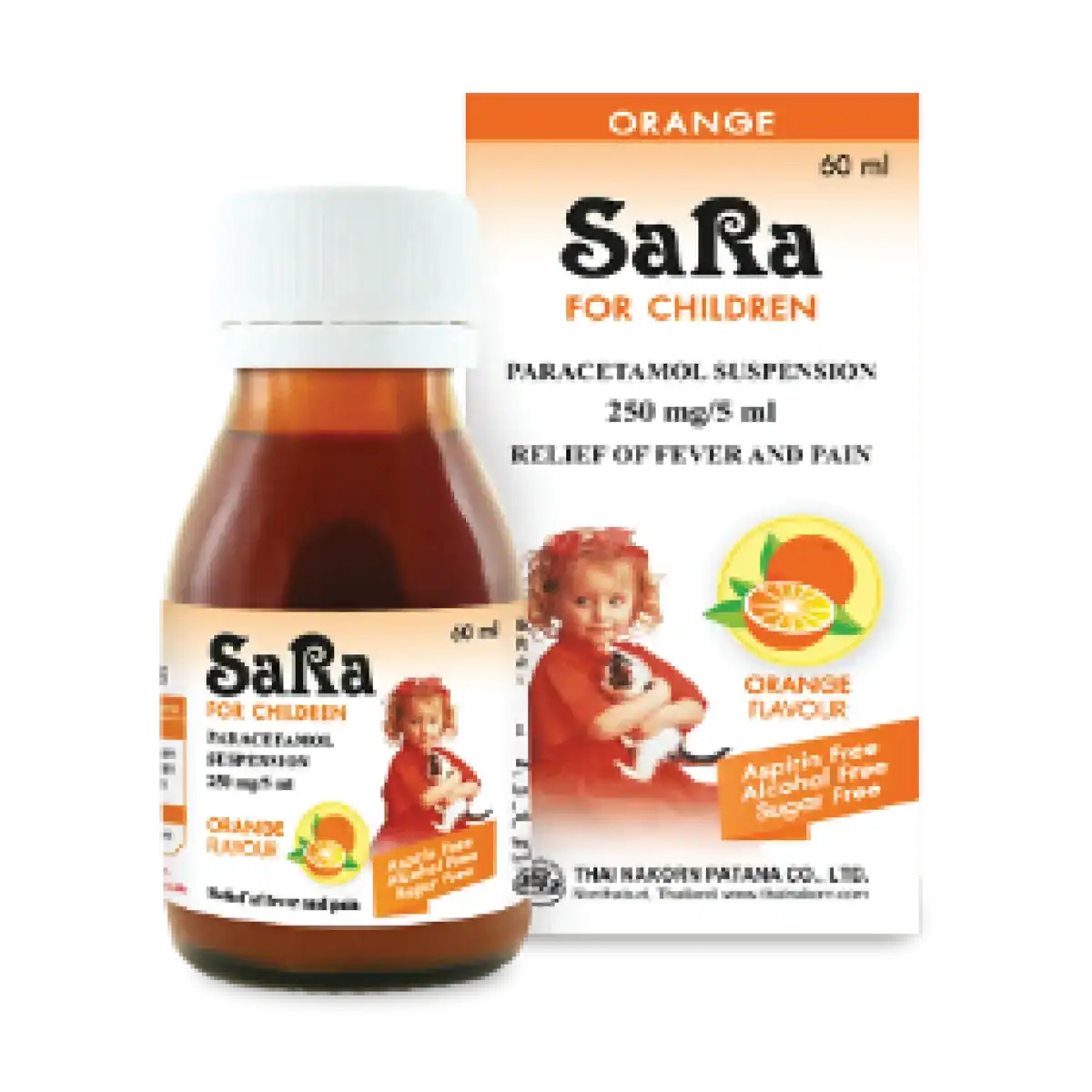- Kitcha Dental Customer Service
The Impact of Chlorine in Swimming Pools on Dental Health Swimming is an excellent way to stay fit and have fun, but regular swimmers may face an unexpected issue: the impact of chlorine on their teeth. Chlorine is widely used in swimming pools to keep the water clean and free from harmful bacteria. While it is effective for maintaining water quality, chlorine can have adverse effects on dental health. Chlorine and Its Effects on Teeth Chlorine is a strong chemical that, when added to swimming pools, reacts with water to form hypochlorous acid and hydrochloric acid. These acids help in disinfecting the pool but can also create an environment that is not friendly to teeth. Swimmers who spend a lot of time in chlorinated pools might experience dental erosion or sensitivity due to prolonged exposure to these acids. Dental erosion occurs when the enamel, the hard, protective coating on the surface of teeth, is worn away by acidic substances. Chlorinated pool water can have a low pH, making it acidic enough to contribute to the erosion of dental enamel. As the enamel erodes, the underlying dentin, which is softer and more vulnerable, becomes exposed. This can lead to increased sensitivity, discoloration, and a higher risk of cavities. Exposure to chlorinated water can lead to increased tooth sensitivity. When the enamel is eroded, hot, cold, or sweet foods and drinks can cause discomfort or pain. Additionally, the acids in chlorinated water can cause staining and discoloration of the teeth, leading to an unattractive appearance and potentially affecting self-confidence. Research Findings Studies and Observations: Case Studies: In a case study published in the Journal of the American Dental Association, a young competitive swimmer exhibited severe dental erosion and sensitivity. Upon investigation, it was found that the pool’s pH levels were not adequately regulated, leading to excessive chlorine exposure and subsequent dental damage. Preventive Measures for Swimmers Swimmers can take several steps to protect their teeth from the harmful effects of chlorine: 1. Regular Dental Check-ups: Regular visits to the dentist can help detect early signs of dental erosion and address any issues before they become severe. 2. Mouthguard Use: Wearing a mouthguard while swimming can help minimize direct exposure of teeth to chlorinated water. 3. Rinse After Swimming: Rinsing your mouth with fresh water after swimming can help wash away chlorine and reduce its impact on teeth. 4. Maintain Good Oral Hygiene: Brushing twice a day with fluoride toothpaste and flossing daily can strengthen enamel and protect teeth from erosion. 5. Stay Hydrated: Drinking plenty of water helps maintain a healthy flow of saliva, which neutralizes acids and washes away harmful substances. While swimming is a great way to maintain physical fitness, it’s important to be aware of the potential impact of chlorine on dental health. By understanding the risks and taking preventive measures, swimmers can enjoy the benefits of swimming without compromising their dental well-being. Regular dental care, protective practices, and good oral hygiene are key to ensuring that teeth remain healthy and strong, even for avid swimmers.










